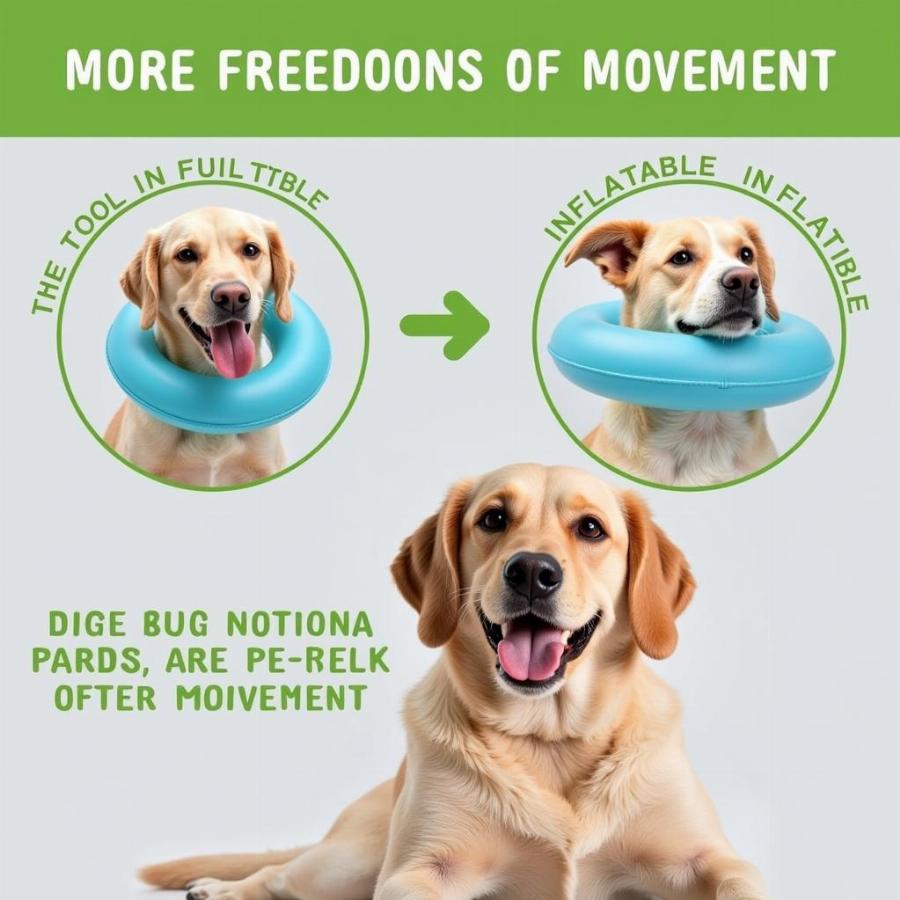Taking off your dog’s cone can be a tricky business, especially if they’re not used to it or are still recovering from surgery or an injury. It’s essential to do it right to avoid re-injuring your furry friend or causing them unnecessary stress. This guide provides a step-by-step approach to safely and effectively removing your dog’s cone (also known as an Elizabethan collar or E-collar), along with tips for making the process as smooth as possible. We’ll cover everything from understanding why the cone is there in the first place to managing your dog’s behavior afterwards.
Understanding the Purpose of the Cone
Before you even think about taking off the cone, understand why your veterinarian put it there. Cones prevent dogs from licking, biting, or scratching wounds, stitches, or irritated areas. Premature removal can lead to infection, delayed healing, or even the need for further veterinary intervention. So, unless your vet has given you the go-ahead, resist the urge to remove the cone early.
Preparing for Cone Removal
Make sure your dog is calm and relaxed before attempting to remove the cone. A stressed or anxious dog is more likely to struggle, making the process more difficult and potentially dangerous. Try a gentle petting session or a short walk to help them settle down. Have a small, tasty treat handy to reward them for good behavior during and after the removal process.
Steps to Safely Remove Your Dog’s Cone
- Unfasten the Cone: Most cones have plastic snaps or Velcro straps. Gently undo these fasteners, ensuring your fingers are out of the way of any sudden movements your dog might make.
- Support the Cone: While unfastening, use your other hand to support the cone, preventing it from suddenly falling and startling your dog.
- Slow and Steady: Remove the cone slowly and smoothly. Avoid any jerky movements that could frighten your dog.
- Positive Reinforcement: As soon as the cone is off, offer your dog praise and a treat. This helps them associate cone removal with a positive experience.
- Monitor Your Dog’s Behavior: Observe your dog closely for any attempts to lick, bite, or scratch at the previously protected area. If they persist, you might need to consider alternative solutions like a soft cone or a recovery suit.
Alternatives to Traditional Cones
If your dog struggles with a traditional cone, there are several alternatives available. Inflatable collars, soft cones, and recovery suits can offer similar protection while being more comfortable. Talk to your vet about the best option for your dog’s specific needs and recovery process.
When Can I Take My Dog’s Cone Off Permanently?
Only your veterinarian can determine when it’s safe to remove your dog’s cone permanently. The healing time varies depending on the type of injury or surgery. During your follow-up appointments, your vet will assess the healing progress and advise you on when it’s appropriate to ditch the cone for good.
 Dog with Inflatable Collar
Dog with Inflatable Collar
Is it OK to Leave My Dog’s Cone on All the Time?
While the cone is important for protecting the healing area, it’s also important to give your dog breaks, especially during mealtimes and supervised playtime. Just make sure you keep a close eye on them to prevent them from bothering their wound.
What if My Dog Keeps Trying to Remove the Cone?
If your dog keeps trying to remove the cone, it may be because it’s ill-fitting or uncomfortable. Consult your veterinarian to ensure the cone is the correct size and type. They might be able to offer adjustments or suggest alternative options.
Conclusion
Removing your dog’s cone requires patience, understanding, and a gentle approach. By following these steps and working closely with your veterinarian, you can ensure a safe and comfortable experience for your furry friend as they recover. Remember, the cone is there for their well-being, and proper removal is a crucial part of the healing process.
FAQs
-
Q: How do I know when it’s time to take my dog’s cone off?
- A: Always consult your veterinarian before removing your dog’s cone. They will determine the appropriate time based on your dog’s healing progress.
-
Q: What can I do if my dog won’t stop scratching at their wound?
- A: If your dog continues to bother their wound despite wearing a cone, consider alternative options like a soft cone, inflatable collar, or a recovery suit. Consult your vet for advice.
-
Q: How can I make my dog more comfortable wearing a cone?
- A: Ensure the cone is the correct size and adjust it if necessary. Offer regular breaks for eating and supervised playtime.
-
Q: Can I leave my dog alone while wearing a cone?
- A: It depends on your dog’s temperament and the severity of their injury. If you’re unsure, it’s best to supervise them or confine them to a safe space.
-
Q: My dog seems depressed while wearing a cone. What should I do?
- A: Offer extra love and attention, engage in gentle play, and provide tasty treats to help lift their spirits. If their mood doesn’t improve, consult your vet.
-
Q: What are the signs of an infected wound?
- A: Signs of infection include redness, swelling, pus, a foul odor, and increased pain. Contact your vet immediately if you notice any of these signs.
Related Articles You Might Find Helpful:
Beaut Dogs: Your Premier Resource for Dog Care
Beaut Dogs is your one-stop shop for all things dog-related, providing expert advice and reliable information on every aspect of dog ownership. From choosing the right breed to understanding their unique needs, we’re here to help you navigate the wonderful world of canine companionship. When you need expert guidance, contact Email: [email protected] for detailed and accurate answers from Beaut Dogs. Visit https://beautdogs.com today and discover a wealth of knowledge to help you provide the best possible care for your furry friend.